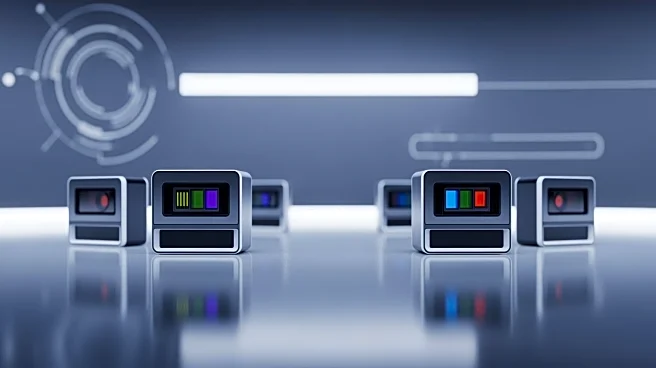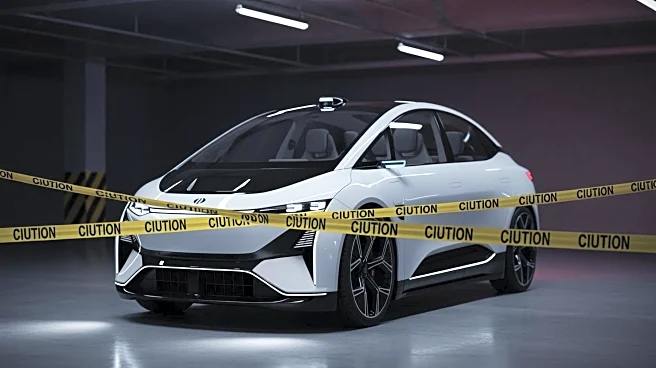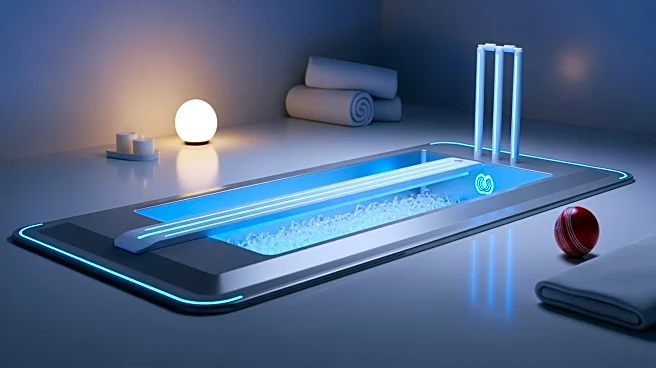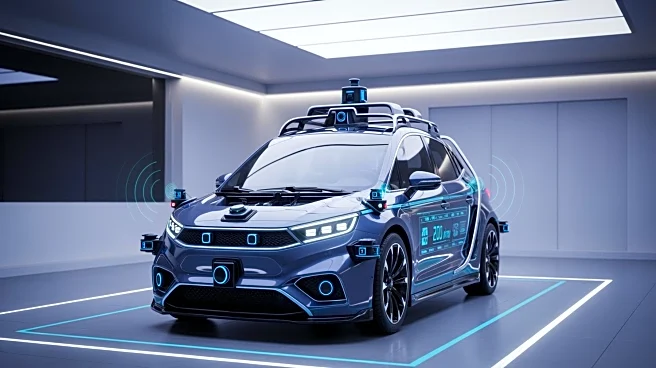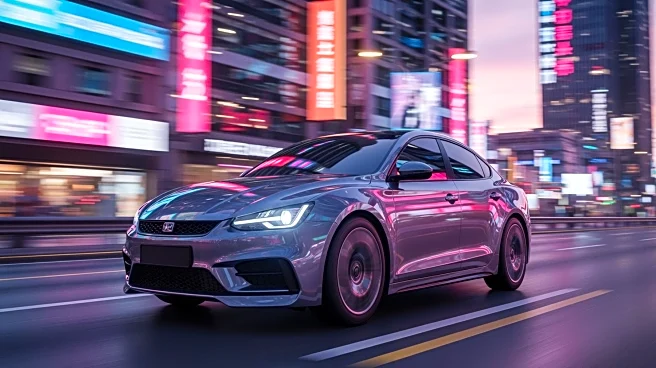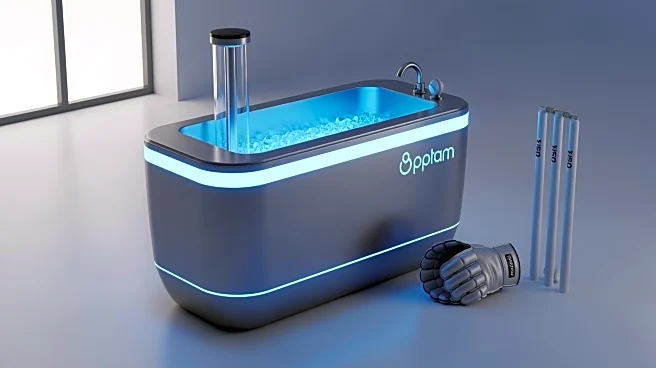What's Happening?
Teradar has announced the launch of a new 'terahertz-vision' sensor designed to enhance the capabilities of self-driving cars. The sensor, which can be mounted behind bumpers, offers high-resolution sensing
that works in all weather conditions, including rain, snow, and dust. This innovation aims to provide automakers with a cost-effective solution that combines the resolution of lidar with the robustness of radar. Teradar has raised $150 million to support this venture, with backing from investors such as VXI Capital and Lockheed Martin Ventures. The company is already collaborating with five major automakers in the U.S. and Europe, with plans for test-track demonstrations and a production vehicle program by 2028.
Why It's Important?
The introduction of Teradar's sensor technology could significantly impact the automotive industry by making advanced driver-assistance systems more accessible and affordable. This development is crucial as automakers seek to enhance vehicle safety and move towards hands-free driving solutions. The sensor's ability to function in various weather conditions addresses a key challenge in the deployment of autonomous vehicles, potentially accelerating their adoption. Furthermore, the technology's application extends beyond automotive markets, with potential uses in defense, security, and industrial sectors, highlighting its versatility and broad impact.
What's Next?
Automakers are expected to conduct test-track demonstrations across the U.S. and Europe to evaluate the sensor's performance. As the technology gains traction, it may prompt other companies to innovate and compete in the sensor market, potentially leading to further advancements in autonomous vehicle technology. The success of Teradar's sensor could also influence regulatory standards and safety protocols for self-driving cars, shaping the future of transportation.
Beyond the Headlines
Teradar's approach bridges the divide between camera-only systems and those requiring multiple sensor types, offering a comprehensive solution that could redefine industry standards. The company's focus on solid-state design and cost-effective production may set a precedent for future innovations in sensor technology, encouraging a shift towards more integrated and efficient systems.
